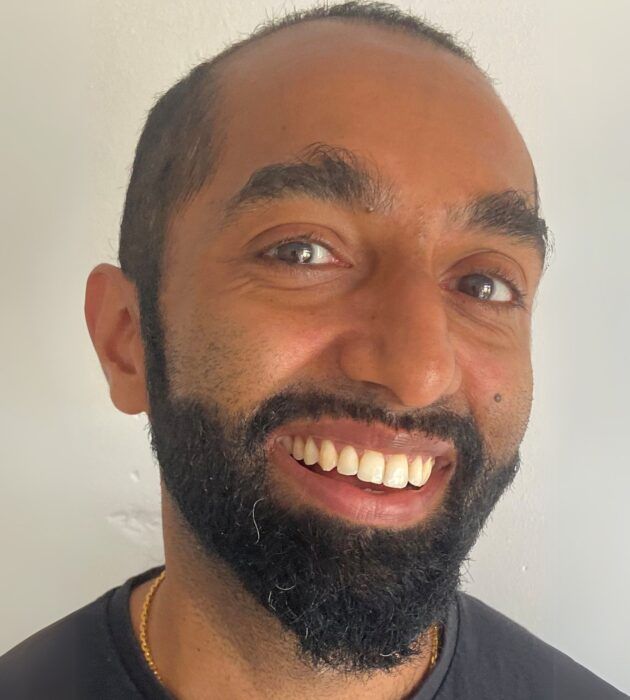
From Exclusion to Inclusion: Designing for Digital Health Accessibility
Pritesh Mistry, Fellow at The King's Fund specialising in Digital Technologies
- Digital health and care
- Health inequalities
- Lived experience
Digital exclusion remains a pressing issue in health and care services, with 8.5 million adults lacking basic digital skills and 2.4 million households struggling to afford mobile contracts. The digital divide is particularly pronounced among socio-economically disadvantaged groups, socially excluded communities, and older adults. However, anyone can become digitally excluded; a change in job, rapid increase in inflation or change in health all can mean people who were once digitally included become excluded. There are approaches that can be taken to maximise digital inclusion in health and care services.
Our work at the Kings Fund has identified three fundamental barriers to digital inclusion: access to devices, affordable internet connectivity, and having the necessary skills and confidence to engage with digital platforms. However, even when these barriers are overcome, individuals may still face exclusion due to the design and implementation of digital tools and services in healthcare. Often, these tools are developed based on incorrect assumptions or without input from a diverse range of users, leading to solutions that do not meet the needs of all communities.
To address these challenges and create more inclusive and trusted digital health services, our recent research with The Health Foundation highlights five key strategies:
- Make engagement meaningful: moving beyond tokenistic consultations, it’s essential to involve communities deeply in the design process, ensuring their voices influence outcomes. This means going out of NHS sites and into communities and the voluntary sector to navigate where to start.
- Address power dynamics: recognising and addressing power imbalances between service providers and users can lead to more equitable and effective collaborations. Charities and community organisations can be important intermediaries that help to balance the power dynamics and share power during engagement with service users.
- Train staff: equipping healthcare staff with the skills to engage effectively with diverse communities ensures that digital services are designed and delivered in a user-centred manner. There can be insufficient staff training or support so NHS organisations should seek to understand where and when charities could support training and facilitation.
- Streamline processes: simplifying bureaucratic procedures can make it easier for communities to participate in co-designing services, leading to solutions that are more aligned with their needs. NHS provider organisations may not be aware of the effort communities and charities need to invest to ensure good engagement with the NHS. Collaborating across community organisations can help to create new ways of working and share the effort.
- Integrate engagement into everyday work: embedding community engagement into the routine operations of health organisations ensures that services continually evolve based on user feedback and changing needs.
Charities and voluntary organisations play a crucial role in this ecosystem. Their deep connections within communities can enable NHS organisations to reach and understand the diverse populations they serve, facilitating the co-creation of services that are both inclusive and trusted.
As the government signals a shift towards more digital health services in the future, ensuring inclusivity becomes paramount. By implementing these strategies and fostering genuine collaboration with communities, we can develop digitally-enabled health and care services that are effective, accessible, and equitable for all.
More information on our research and findings is available here.
Biography
Pritesh works in the policy team at The King’s Fund, where he focuses on how digital tools and technologies can improve health and care. He is particularly passionate about using evidence-based digital technology as an enabler to improve quality of care and outcomes while critically assessing buzzwords and technology as a silver bullet. Previously, he led innovation activity at the Royal College of General Practitioners and worked at Guy’s and St Thomas’ NHS Trust.